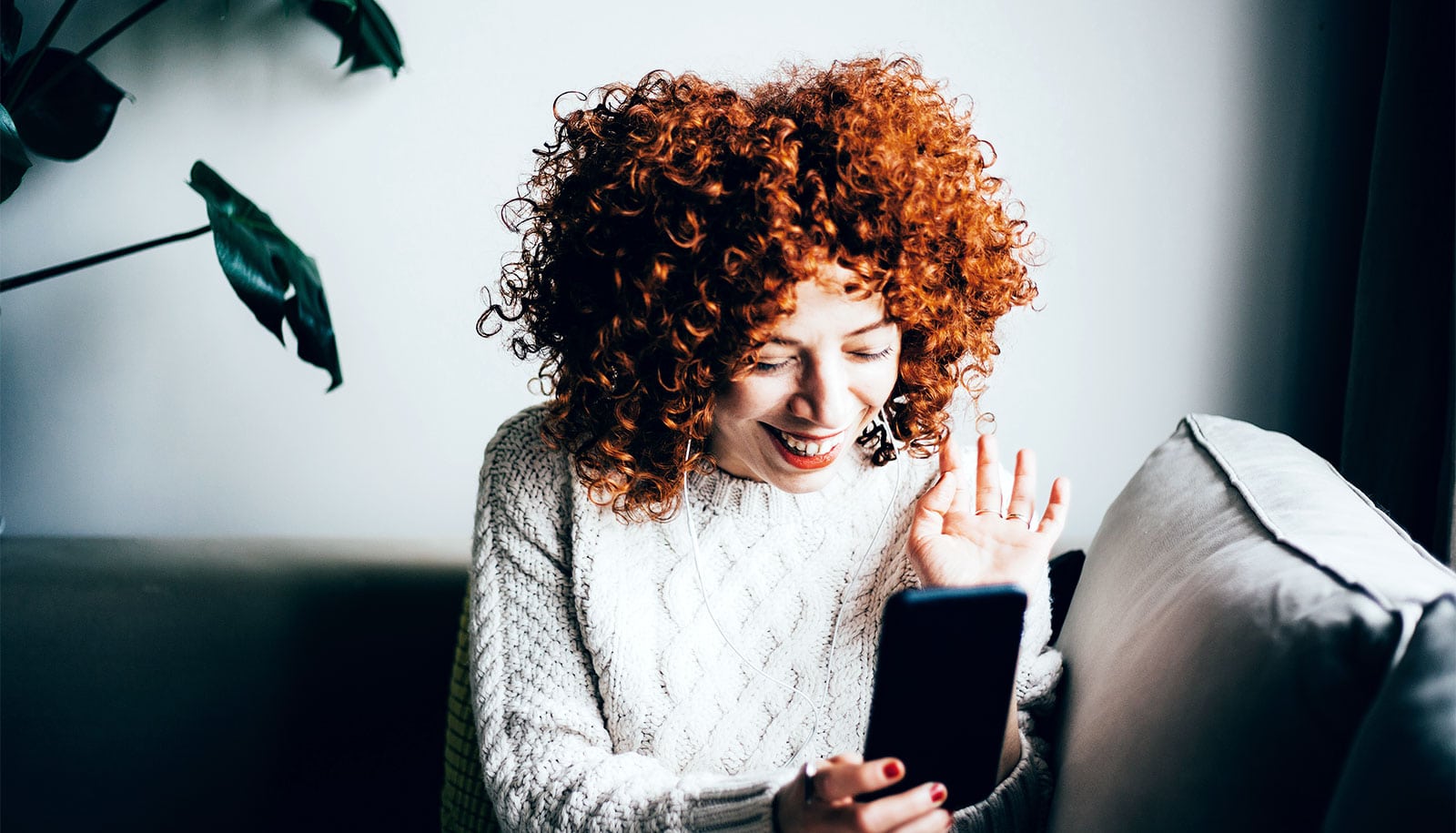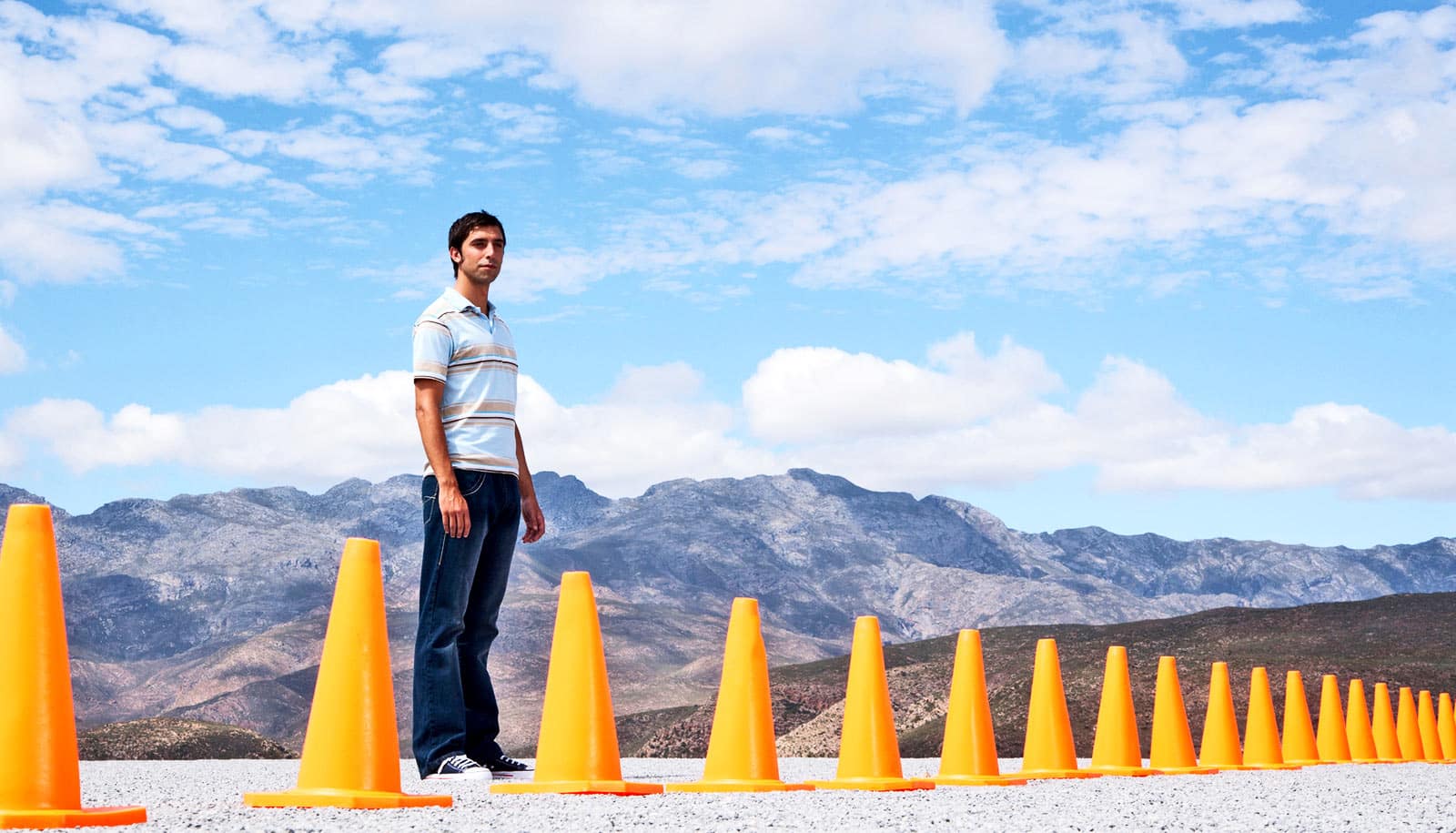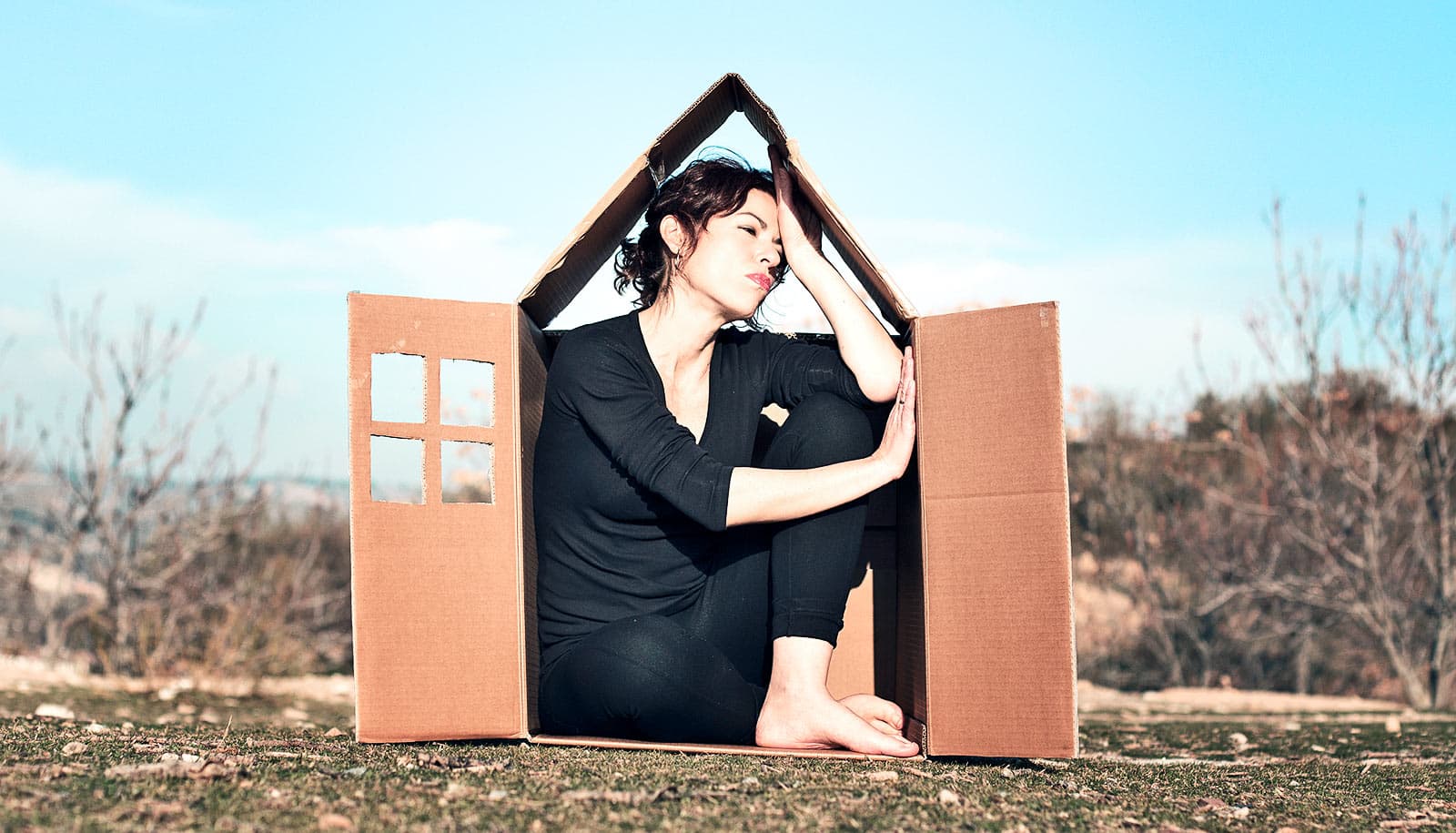The same technologies that people once blamed for tearing society apart might be our best chance of staying together during the COVID-19 outbreak, an expert argues.
Social distancing—voluntarily limiting physical contact with other people—has been vital to help slow the spread of the novel coronavirus.
It’s important that people remain connected during social distancing, however, otherwise a long-term mental and physical health crisis might follow the viral one, says Jamil Zaki, an associate professor of psychology at Stanford University’s and director of the Stanford Social Neuroscience Laboratory and author of The War for Kindness: Building Empathy in a Fractured World (Penguin-Random House, 2019).
Zaki’s research examines how empathy works and how people can learn to empathize more effectively.
Here, he discusses strategies to stay connected, starting with the reframing of “social distancing” to “physical distancing” to highlight how people can remain together even while being apart:
What are some psychological impacts that come with social distancing and sheltering-in-place?
Social distancing is vital to slowing the spread of COVID-19, but it also pushes against human beings’ fundamental need for connection with one another. Especially during difficult times, people feel an urge to commiserate, to comfort and be comforted by each other.
Experiments show that the support of loved ones softens our response to stress and even our brains’ response to painful electric shocks. By contrast, loneliness is psychologically poisonous; it increases sleeplessness, depression, as well as immune and cardiovascular problems. In fact, chronic loneliness produces a similar mortality risk to smoking 15 cigarettes a day.
We must do the right thing for public health and shelter-in-place now, but if doing so produces chronic, widespread loneliness, a long-term mental and physical health crisis might follow this viral one.
Can loneliness be prevented?
I think we should begin by reframing what we’re doing right now. “Social distancing” was the wrong term to begin with. We should think of this time as “physical distancing” to emphasize that we can remain socially connected even while being apart. In fact, I encourage all of us to practice “distant socializing.” Ironically, the same technologies we often blame for tearing apart our social fabric might be our best chance, now, of keeping it together.
What are some strategies to cope with feeling lonely? How can friends and family stay connected?
FaceTime, Zoom, and other tools like these are our friends right now. We know to use these tools for meetings and teaching but why stop there? In my opinion, we should also use them for much less formal interactions—digital “hanging out.” When we meet in person, we don’t expect every minute to be productive or scintillating. We kibitz, dawdle, and goof off, and those “in-between moments” are vital to a sense of connection. Find ways to replicate them online.
In my lab, for instance, we have a coffee room where people congregate and take breaks together. We created a Zoom channel called “the coffee room” meant explicitly for doing nothing together. Likewise, consider cooking the same meal with someone on FaceTime and virtually clinking glasses, or having online playdates where kids can play the same games or draw from the same reference picture.
Technology is certainly a huge help, but what about people who have limited access to such tools?
Sadly, the people who are most vulnerable to the ravages of COVID-19, especially the elderly, are also most susceptible to crippling isolation and the least familiar with technology. This is a time to help them access technology whenever possible, to be patient in our walk-throughs of setting up new software. But there are other ways to connect as well. I’ve been moved by videos of Italians singing together from their balconies, a simple act of solidarity and togetherness that reminds us we’re in this moment together, even when apart.
What do you feel is missing or misleading in the discussion about the novel coronavirus pandemic?
In media portrayals, people often react to disasters by becoming selfish and violent, as though the lights turning off and rules going away allow them to release their true, antisocial selves. We’ve seen some of that in the wake of the COVID-19 crisis, for instance in scenes of people fighting each other for toilet paper. But the more common truth is the opposite.
Following disasters, people pour out of their homes to help one another, standing in line for hours to donate blood, sheltering and aiding strangers, ignoring typical boundaries or race and class in what Rebecca Solnit calls a “carnival of compassion.” That instinct has come out in spades during this past week; if you need to be uplifted, search for the hashtag #COVIDkindness. But here, too, the epidemic makes things tough, as it’s harder to help people if we can’t physically be near them.
One thing to remember, though, is that even the decision to socially distance is an act of kindness. Young, healthy people bear relatively low risk even if they catch COVID-19, which means that their decision to isolate themselves is a way of protecting more vulnerable members of their community. I think just this realization can help. Even the decision to isolate is an act of solidarity—one we take alone, but also together.
As you and your family have sheltered in place, what have you found to be a helpful strategy?
The most helpful thing for us has been to lower our expectations. Work will not proceed apace; our ambitions can rest for now. Letting go has allowed us to enjoy being together—at least sometimes. We do have two preschoolers!
Source: Stanford University



